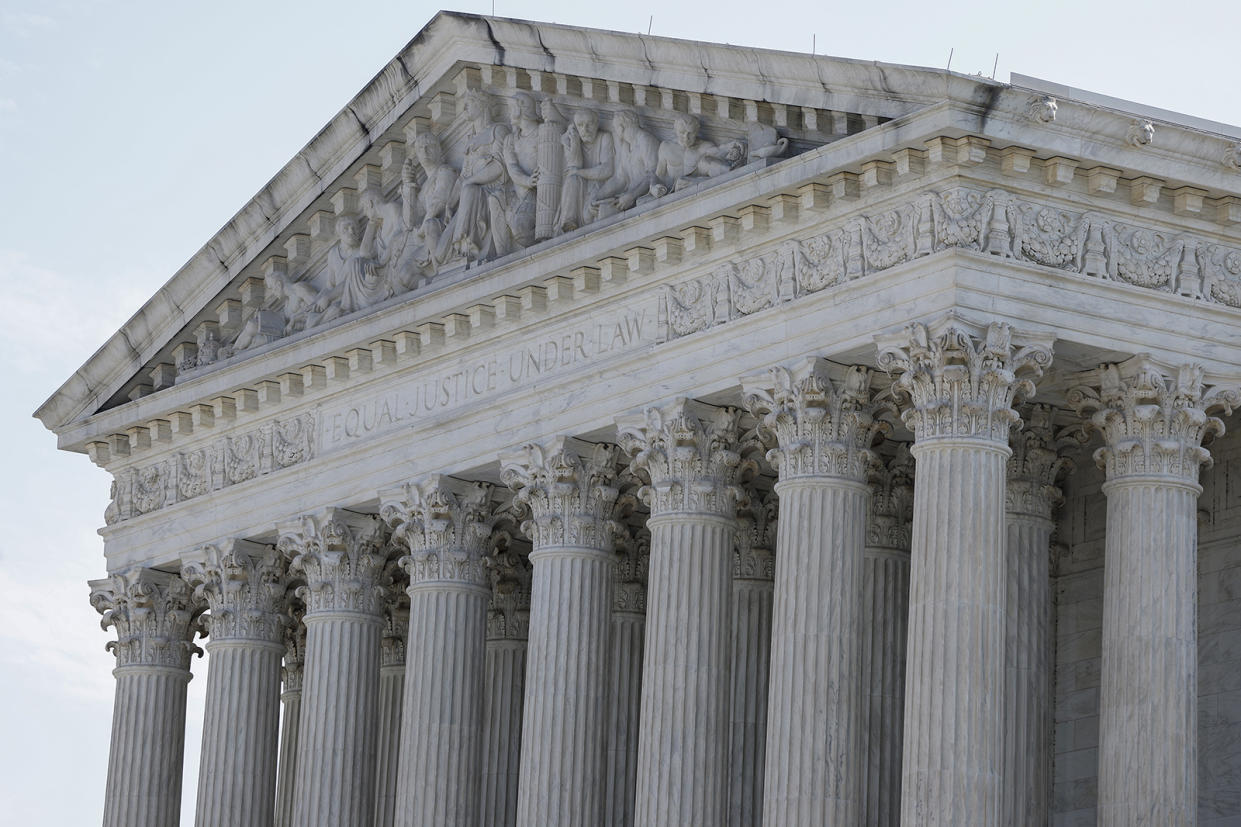Editorial: Saving the pill: The Supreme Court averts disaster with mifepristone ruling

Last week, the nation dodged a bullet with the Supreme Court’s 9-0 decision tossing a lawsuit that had sought to end the decades-old FDA approval of the drug mifepristone, which is used in medication abortions. The trouble for the plaintiffs was that they could not point to any specific harm that they or anyone else suffered from the approval of a drug that is safer than most over-the-counter drugs.
In truth, this case should have never gotten go far. A divided high court’s unanimity here makes clear just how ridiculous this effort was, particularly since the court never gets above the fundamental issue of standing. Of course the plaintiffs here — doctors who maintained they’d suffer practical and personal hypothetical injuries from having to treat patients suffering from the exceedingly rare complications of mifepristone — had no right to challenge this federal regulation.
Any first-year law student could have answered that question right on the exam, yet this had to go up to the Supreme Court for the simple reason that the plaintiffs could rely on sympathetic lower court judges to move things along. The case was first heard by Judge Matthew Kacsmaryk, who just so happens to be the only federal judge at the courthouse in Amarillo, Texas; wouldn’t you know it, he gets a suspiciously high volume of right-wing agenda items before him.
Kacsmaryk is a poster child for the practice of judge-shopping given his historically reliable role as triggerman for far-right causes. It’s no surprise then that Republican senators railed against a recent policy change by the Judicial Conference — a sort of intra-judicial regulatory body — to limit the practice.
The new policy would have lawsuits that seek an immediate ruling or injunction on state or federal regulatory or executive actions be assigned to a random judge in the district, instead of letting interested parties basically pick their judges.
All of the legal and procedural questions around this case, while worth dissecting, shouldn’t obscure the base reality of what has happened here: a group of dark-money funded conservative doctors attempted to upend one of the most reliable tools for abortion access in this country.
Had they been successful, the result would have been that abortion care would have been completely cut off in large swaths of the country, in which all other forms have collapsed under heavy state bans. The result would have been more girls and women would be forced to carry unwanted pregnancies to term, to suffer through potentially permanent or even life-threatening complications and in some cases to die.
While we’re happy that the court reached the decision it did, we can’t commend them too much given that they unleashed this in the first place through their ideologically-driven overturn of Roe v. Wade, including the votes of several justices who had said in their confirmation hearings that they viewed it as settled law.
The attacks will keep coming, against abortion drugs and procedures and even birth control and IVF, because the ideological opponents are committed to taking away any choice that the people might have in their reproductive health. It can’t be left up just to the courts. Congress should act to protect these rights.
___


